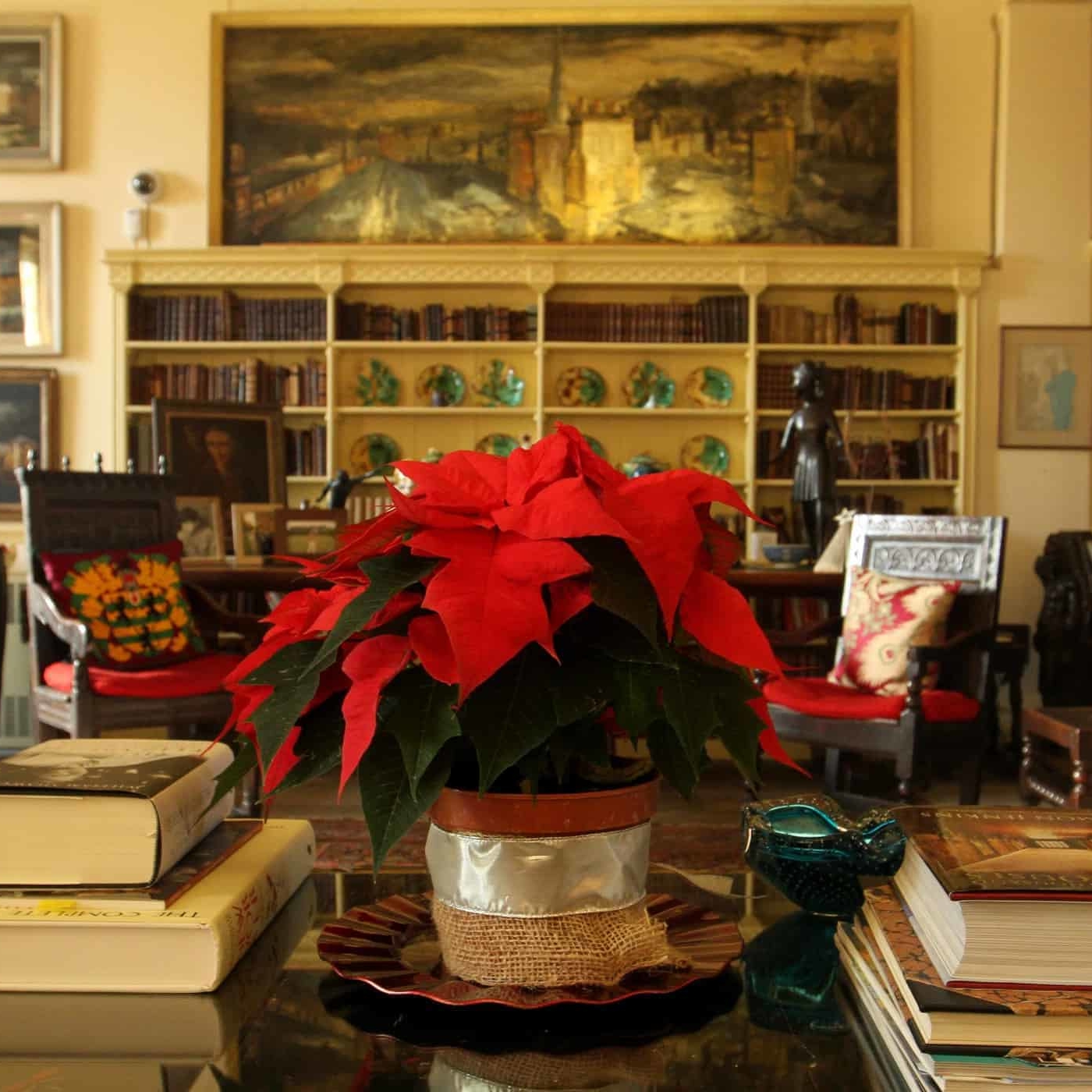Bulbs are often used in formal planting schemes and mixed borders to add seasonal interest. Another way of planting bulbs is to ‘naturalise’ them. This means planting in more informal drifts on mass in a more naturalistic way. If you use specie bulbs to do this and plant them in suitable environments then they will self-seed over time and create sweeping carpets of stunning natural colour.
These naturalistic planting schemes are gaining popularity because they are low maintenance compared to traditional mixed borders especially over larger areas. They also provide a good source of nectar and support many species of butterflies and bees. After flowering, grasses and bulbs look a little unsightly. Foliage needs to have almost died back before mowing meadows to ensure that enough energy goes back into the bulb for the following year’s growth. If you mow a pathway through the meadow it will help give some definition and help to draw the eye away from fading foliage as well as inviting you to take a walk through.
There secret to success when naturalising bulbs is to make sure that your choice of bulb species is appropriate for the area that you are planting up. Suitable sites for naturalising bulbs would include, meadow/grassland that receives plenty of sunshine and ideally a good textured, free-draining soil, woodland that provides shade under large shrubs and trees and preferably a damp, humus-rich soil. Alpine bulbs are also suitable if you have a gravelly free-draining soil in an exposed position.
Buy in bulk, in time the bulbs will propagate themselves naturally but this will take a few years. For impact in the first year or two find a supplier that does a good price for larger quantities. Daffodils or tulips may be value for money but don’t look natural when different colours are out there together.
For a natural, unplanned look, throw a handful of bulbs over the area. Plant them where they land to avoid planting in rows or grids. Some of the late summer flowering bulbs may not be available until spring. As a general rule bulbs should be planted to twice the depth of the length of the bulb. Plant using a bulb planter or trowel. Make sure that bulbs are the right way up and sufficiently covered.
For dry, grassy areas plant the wild daffodil Narcissus pseudonarcissus for early interest, followed by Ornithogalum (star of Bethlehem) Camassia leichtlinii and Gladiolus byzantinus.
For a more exotic look plant Tulipa ‘Queen of the Night’ with a pale cream variety such as ‘Cream Cocktail’. Use varieties of Alliums to follow planted into swathes of ornamental grasses. Add Nerine and Schizostylis to take the display right through to the autumn.
For damp soils and areas that receive more shade plant Fritillaria sp. and Leucojum (Summer snowdrop)
Caroline Wright
Caroline brings decades of horticultural experience, both practical and theoretical. Having lectured at Brackenhurst Horticultural University for many years, Caroline has now relocated to France and is following her passion for growing plants and teaching. Caroline and her husband Paul run the plant nursery, propagating all of the plants themselves and lead a wide selection of fun and interactive horticultural and craft based courses.



